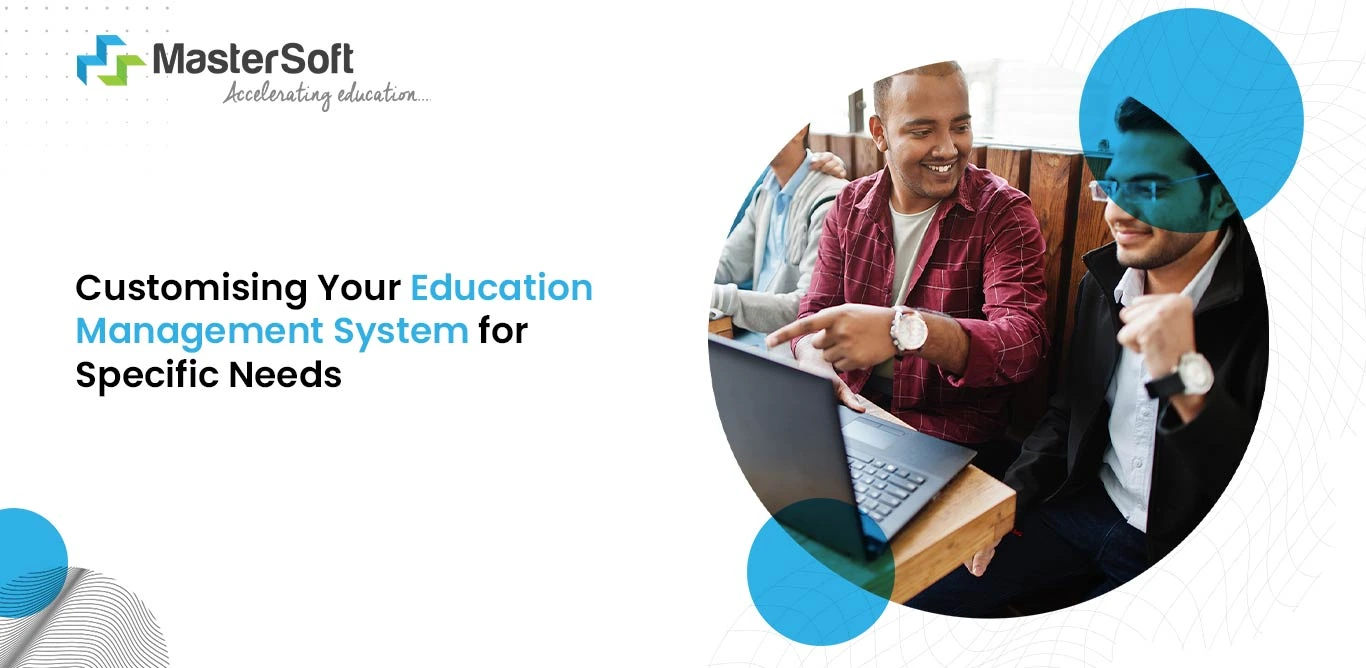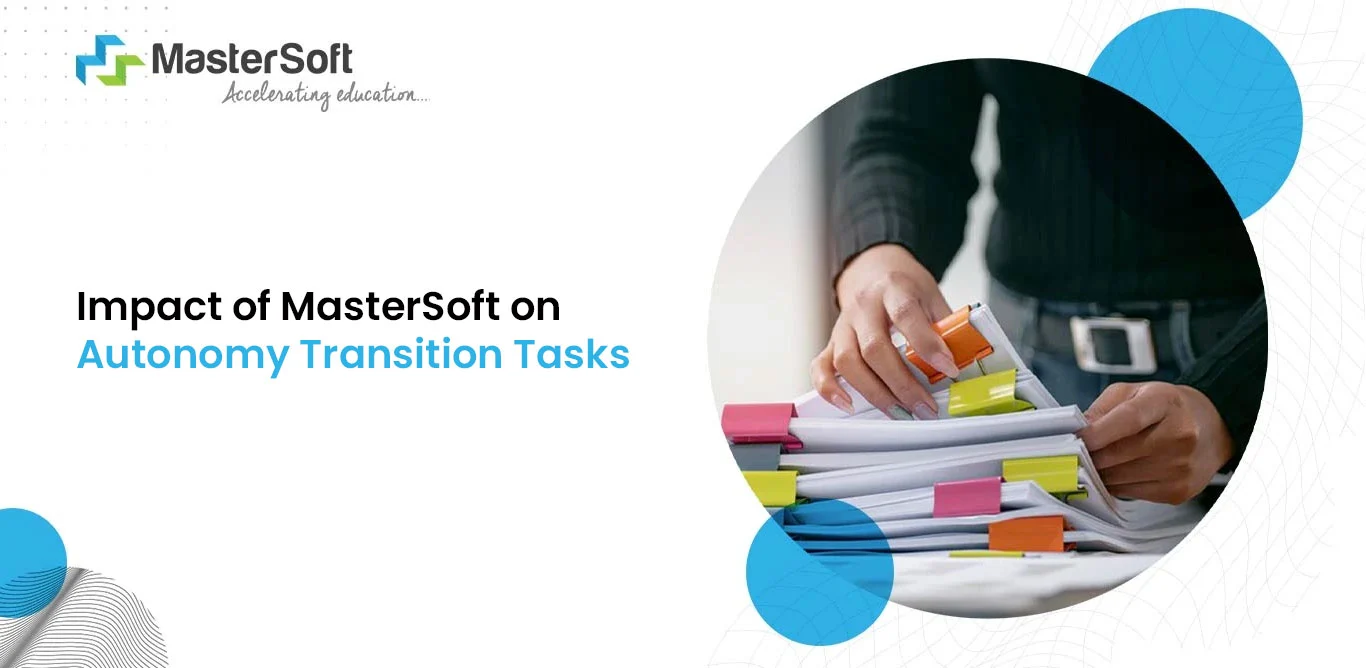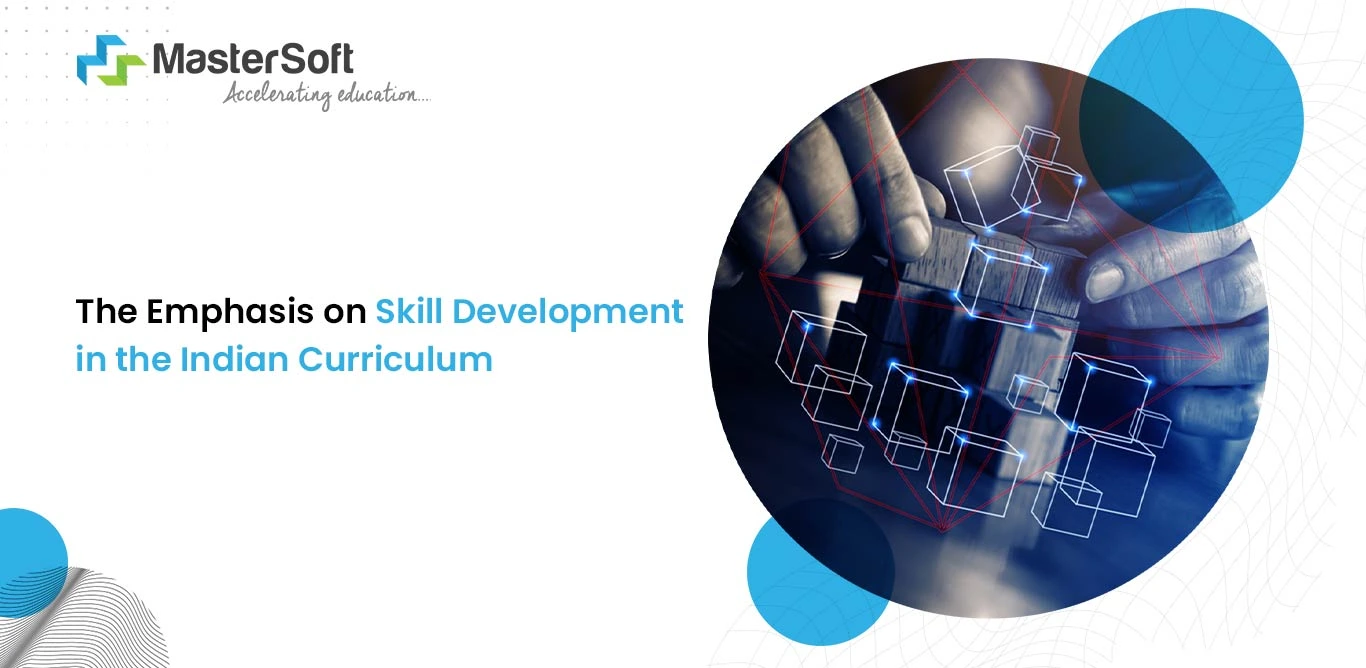09, Oct 2023
The role of technology has become increasingly vital in the education sector. Education institutions, ranging from schools and colleges to universities, are turning to Education Management Systems (EMS) to streamline their operations, enhance communication, and improve overall efficiency. These systems, often referred to as ERP software or School Management Systems (SMS), serve as a digital backbone for educational institutions, enabling them to manage various aspects of their operations seamlessly.
Promoting Student Engagement: The Key To Academic Excellence In Higher Education
However, not all educational institutions are the same. Each has its own unique set of requirements, processes, and objectives. To cater to these specific needs, customising your Education Management System is crucial.
Understanding Education Management Systems
Education Management Systems, or EMS, are comprehensive software solutions designed to automate and optimise various administrative and academic processes within educational institutions. These systems are equipped to handle tasks such as student enrollment, attendance tracking, grading, scheduling, and financial management, among others.
The Importance of Customisation
While pre-defined features in education management systems or school management systems can be beneficial, they may not fully align with an institution's unique requirements. This misalignment can result in inefficiencies, decreased productivity, and limited functionality.
Customisation addresses these issues and offers several advantages to the ERP software:
Tailored Solutions:
Customisation allows educational institutions to adapt the ERP software to their specific processes and workflows. This ensures that the system aligns perfectly with the institution's unique needs.
Improved Efficiency:
By removing unnecessary features and adding specialised ones, customisation streamlines operations and reduces the risk of errors. This leads to improved efficiency and productivity.
Enhanced User Experience:
Customised interfaces in the ERP software are more user-friendly, making it easier for staff, teachers, and students to navigate and use the system effectively.
Cost Efficiency:
Customisation prevents the need for multiple software solutions to address specific needs, potentially reducing software licensing costs.
10 Great Benefits Of Implementing Student Information System (SIS)
Key Areas for Customisation
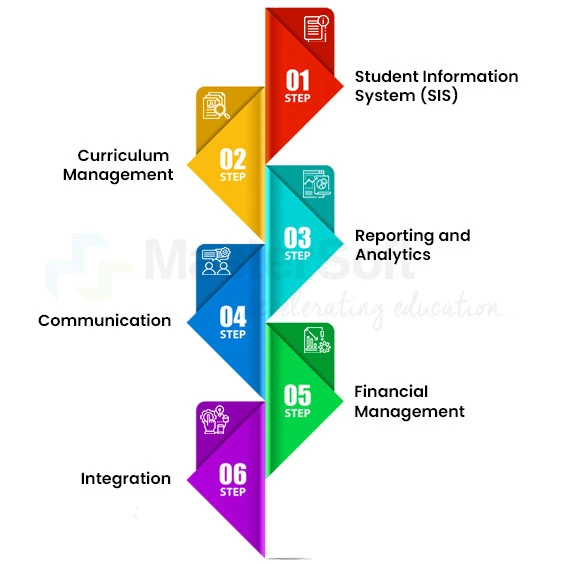
Now that we understand the significance of customisation in an ERP software, let's explore the key areas where customisation is most beneficial:
Student Information System (SIS):
Customised Student Information System allows for tailored student data management, including enrollment, admissions, attendance tracking, and performance analysis.
Curriculum Management:
Institutions can customise curriculum planning and management features to align with their academic structure, courses, and program requirements.
Reporting and Analytics:
Customised reporting tools enable institutions to generate reports that match their specific data needs for assessment, decision-making, and compliance.
Communication:
Customised communication modules ensure effective communication between teachers, students, and parents through personalised notifications and messaging features.
Financial Management:
Customisation of financial modules allows institutions to adapt their accounting and budgeting processes to meet their specific financial requirements.
Integration:
Customisation facilitates seamless integration with other ERP software systems, such as Learning Management Systems (LMS), library systems, and third-party applications.
Benefits of Customisation in Education Management Systems:
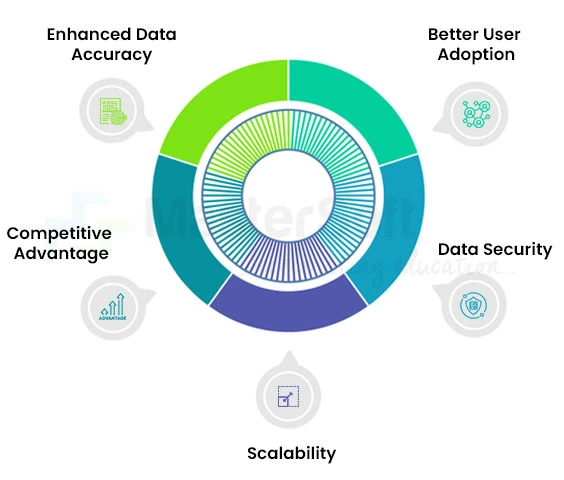
Customising an Education Management System offers numerous benefits that can transform the way educational institutions operate:
Enhanced Data Accuracy:
Customised data entry forms ensure that the information collected is relevant and accurate, improving decision-making.
Better User Adoption:
Users are more likely to embrace a system tailored to their needs, resulting in higher user satisfaction and adoption rates.
Scalability:
Customisation allows institutions to scale their EMS as they grow and evolve, accommodating changing needs and requirements.
Competitive Advantage:
Institutions with customised EMS gain a competitive edge by delivering more personalised services to students and stakeholders.
Data Security:
Configuration allows institutions to implement security measures specific to their data protection needs, ensuring compliance with regulations.
MasterSoft ERP: A Ready-To-Implement Solution Aligned With NEP Standards
Challenges in Customisation
While customisation offers numerous benefits, it also comes with certain challenges that educational institutions should be aware of:
- Customisation can sometimes be expensive, both in terms of initial development costs and ongoing maintenance.
- Building and maintaining customised features requires skilled IT professionals with expertise in software development and system integration.
- Customisation can take time, delaying the implementation of the system.
- Customised features may not always be compatible with future updates or versions of the EMS, requiring additional development work.
Why Choose a Custom System for School Management?
A custom system for school management is tailored ERP software that can be easily updated whenever needed, ensuring it meets all the requirements at any stage of a learning institution's lifecycle.
Here are some key benefits of opting for a custom school management system:
- Customisation enables smooth processes that save a significant amount of time for administrators, teachers, and staff.
- Custom features enhance productivity by aligning the system with the institution's unique processes and workflows.
- Customised reporting tools generate reports specific to an institution's data needs, simplifying assessment and decision-making.
- Customised systems foster improved cooperation among students, teachers, and parents by providing tailor-made tools and features.
Creating a Custom School Management System
To create a custom school management system tailored to your institution's needs, follow these steps:
1. Define Goals and Requirements:
Begin by defining your institution's goals, key tasks, and specific requirements. Identify the processes that need digitisation and estimate the number of users, including teachers, parents, students, and administrators.
2. Design System Architecture:
Develop the system architecture, comprising a web portal or mobile application and a backend part that includes a database and webserver.
3. Backend Development:
Within the backend part, create sections for administrative tasks, teacher profiles, student profiles, class management, attendance, grading, and more.
4. Pricing Considerations:
Estimate the project cost, which can vary based on factors like scalability, flexibility, and additional functionalities such as fee management, payroll management, transport management, and more.
5. Timeframe:
Be prepared for a development timeline that can range from 6 to 12 months, as creating a school management system is a complex endeavour with multiple stages.
6. Development Steps:
The development process includes database creation, user login creation, sections for teachers, students, classes, attendance management, grading, finance, administrative tasks, and more.
7. Testing and Release:
Thoroughly test the system to ensure it functions as intended before releasing it for use.
Conclusion,
In the face of global events like the COVID-19 pandemic, the education industry has rapidly embraced digital transformation. There's no turning back; the future of education will be hybrid, combining online and offline learning formats. To meet the growing demand for high-quality education and efficient process organisation, educational institutions must consider developing customised school management system software.
Custom-built school and education management systems offer not only more features but also the flexibility to adapt to changing needs in the education landscape. These systems provide the control to select functionalities that align with an institution's requirements, resulting in optimised working hours, increased efficiency, lower costs, and improved collaboration among students, teachers, and parents.
Streamline Teaching-Learning Process with MasterSoft’s Learning Management System
Mobile: 08448010216
Email:info@mastersofterp.com

